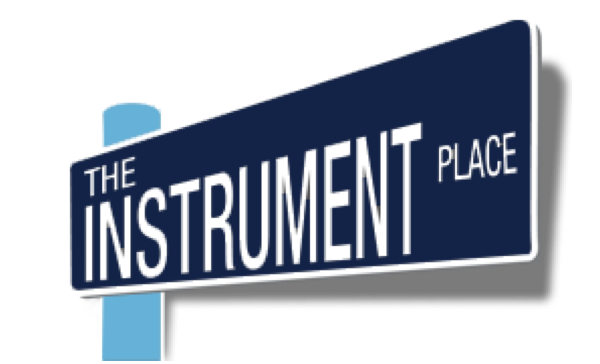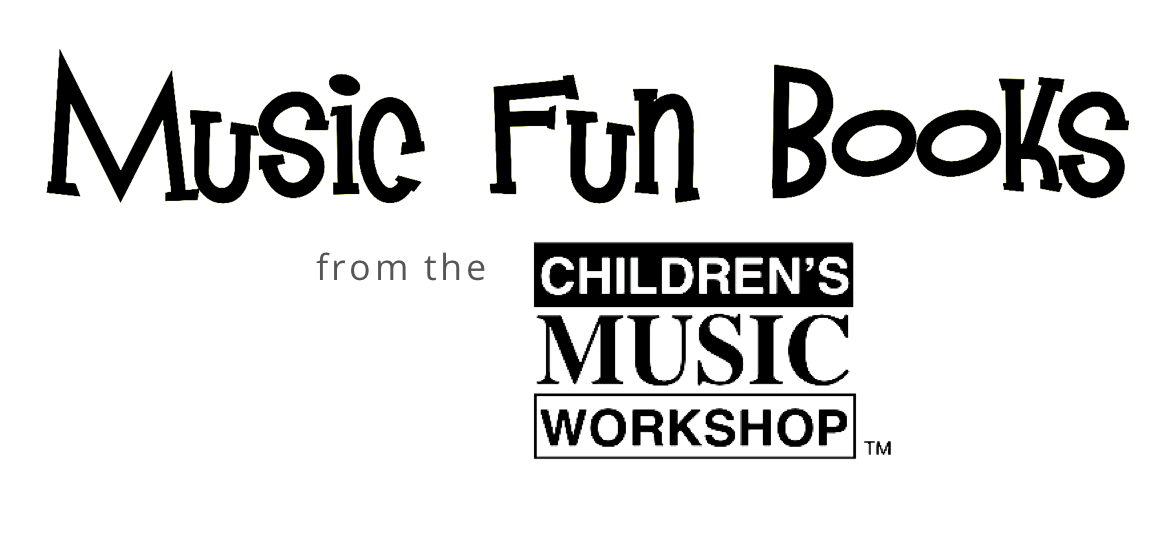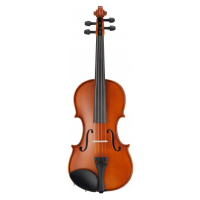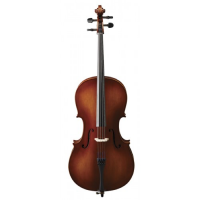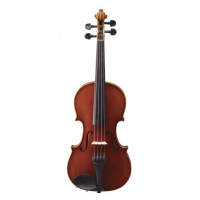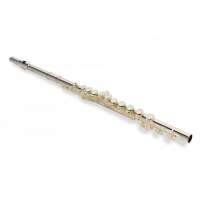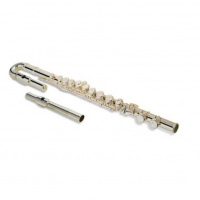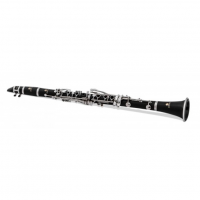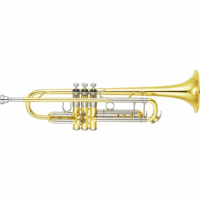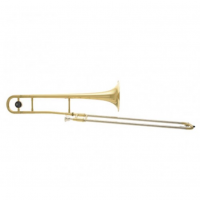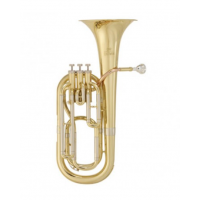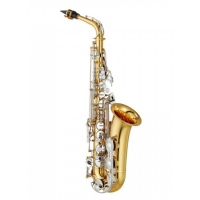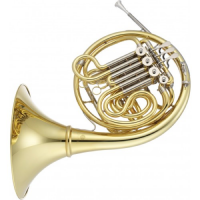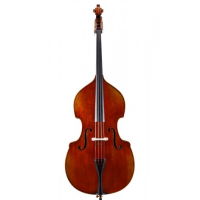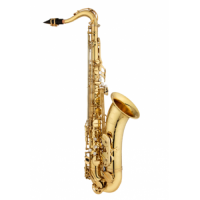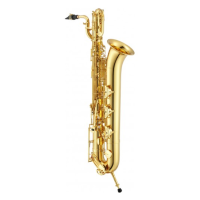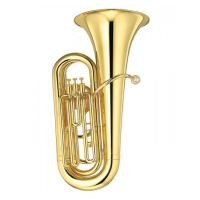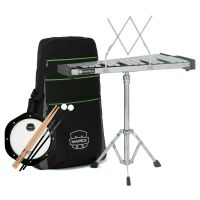Parts of the Oboe
The oboe is a versatile woodwind instrument with a double reed and a long cylindrical body with a conical bore that plays a prominent role in the orchestra. The tone produced by the oboe can be heard distinctly, making it perfect for solo lines and featured parts.
One of the key differences between the oboe and the clarinet, which the oboe is sometimes mistaken for, is the type of bore used. The clarinet has a cylindrical bore, while the oboe has a conical one. This accounts for a large part of the difference in tone between the two instruments.
Oboes come apart into five main sections: reed, staple, upper joint, lower joint and bell. These pieces must be fitted together in precise alignment for proper playing to be possible.
To be the best you can be at playing the oboe, you should know all of the usual names of the parts of the oboe and what function they perform. You should also know how individual oboe parts can be removed and replaced, how oboe parts should be serviced and maintained and what to do if you think a part of your student oboe is damaged or broken.
Let's learn about the anatomy of a typical oboe from end to end. If you'd like to jump ahead, use the anatomy chart above to click a part you'd like to read about first.
WHAT IS THE BELL?
The bell is where sound waves emerge from the oboe.
The bell is the last of five sections of the oboe, and it is where the oboe's finished tone emerges from the instrument. It is located at the bottom end of the oboe and comes in an almost infinite selection of lengths, flares, weights, bores and more.
Be very careful when carrying the oboe out of the case or holding it at rest. You need to be sure the bell does not bump against something and become damaged.
Click to return to anatomy chart
WHAT IS THE LOWER JOINT?
The lower joint is the fourth of five sections and leads to the bell.
The upper and lower joints are where all the keys, rods and tone holes are located that create different pitches depending on what combination of keys are pressed. These parts' conical bore inside help give the oboe its distinctive, piercing tone.
Click to return to anatomy chart
WHAT IS THE UPPER JOINT?
The upper joint is the third of five sections and is found between the staple and lower joint.
The upper and lower joints are where all the keys, rods and tone holes are located that create different pitches depending on what combination of keys are pressed.
The upper joint also includes two special keys that are used to activate two different octave ranges, known as the first octave key and the second octave key.
Click to return to anatomy chart
WHAT IS THE FIRST OCTAVE KEY?
The octave keys allow the player to produce tones one or two octaves higher using the same fingering.
Most oboes have two of octave keys, though some have three. If there are two, the keys produce pitches in the ranges of E5 to G#5 and A5 to C6. The first octave key is used to access the former range and is located under the left hand thumb.
Some modern oboes have innovations in their keywork that allow the player to produce octaves without the use of a separate octave key.
Click to return to anatomy chart
WHAT IS THE SECOND OCTAVE KEY?
The octave keys allow the player to produce tones one or two octaves higher using the same fingering.
Most oboes have two of octave keys, though some have three. If there are two, the keys produce pitches in the ranges of E5 to G#5 and A5 to C6. The second octave key, which covers the latter range, is located above the front keys and played with the left index finger.
Some modern oboes have innovations in their keywork that allow the player to produce octaves without the use of a separate octave key.
Click to return to anatomy chart
WHAT ARE THE FINGER KEYS?
The finger keys activate a rod system that covers and uncovers tone holes to produce different pitches of the scale.
The upper and lower joints of the oboe are crisscrossed by a complex network of rods that are driven by the finger keys. The keys turn the rods and the rods in turn place or remove tiny covers over the tone holes to produce different tones.
The oboe also has two distinctive extra keys called "octave keys" which perform a similar function to the register key on a clarinet. However, the octave keys change the pitch by an exact octave, while register keys might change the pitch by different intervals. Both of the octave keys are located on the upper joint.
Click to return to anatomy chart
WHAT IS THE REED?
The oboe's double reed design converts the player's lip vibrations into sound waves.
The reed is actually made of two pieces of cane held tightly together and placed into the oboe's staple. When the player applies air pressure and lip vibration, the cane piece vibrate together and create standing sound waves within the inner cavity of the oboe.
Many experienced players make their own reeds, personally sourcing the cane as well as cutting and scraping it to meet their exact specifications. The personality of the reed can factor large in the resulting tone of the oboe.
Click to return to anatomy chart
WHAT IS THE STAPLE?
The staple directs air and lip vibrations from the player into the oboe.
The staple is more than just a connecting element between the reed and the body of the oboe. The shape, size and materials used to create the staple can have a profound effect on the overall tone of the oboe.
The staple is sometimes called a bocal, as it is somewhat similar to the bocal used on the bassoon to hold its double reed.
